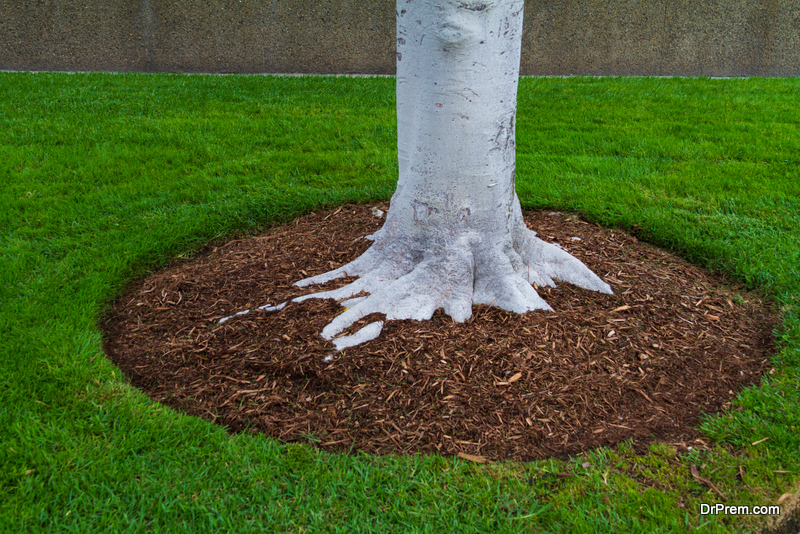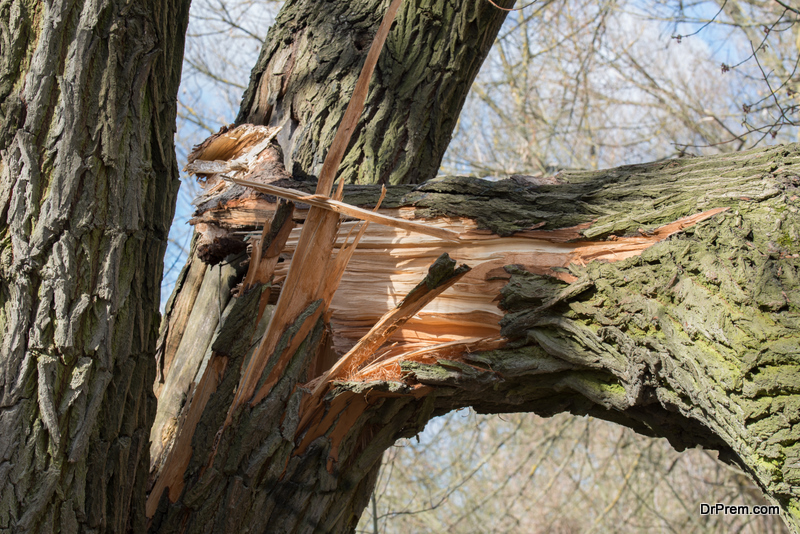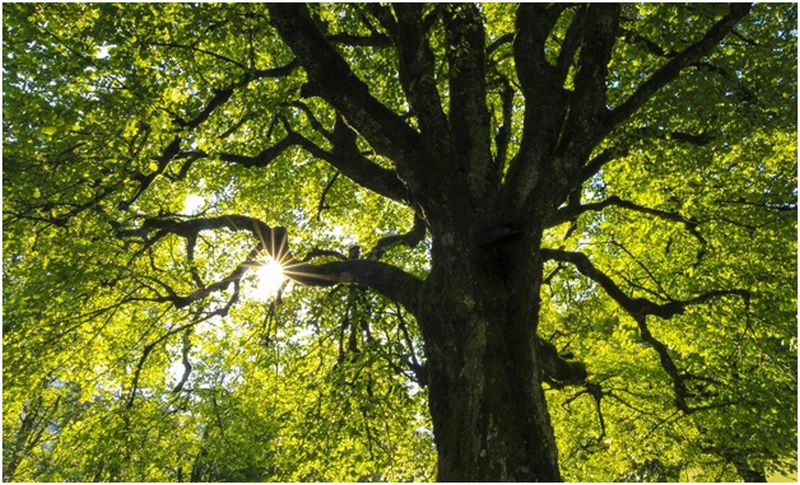With so many beautiful flowers and trees in bloom, summer seems the perfect season to explore and enjoy the great outdoors. But if you’re living in Florida for quite a while, such warmth and sunshine may come with several apprehensions. One reason is that summertime in the state has its fair share of frequent rainstorms, putting trees and properties at risk.
If that’s among your concerns, you can prevent much of the damage that trees might sustain during summer storms. The key is to know what problems to look for in your trees and take necessary precautions to improve their odds of surviving torrential downpours.
To help you get started, here are six ways to protect your trees against late summer storms.
1. Conduct Routine Tree Inspections

While water is essential to protect trees from excess heat during the summer season, extra rain and high winds can take a toll on them. Such damage can be a hazard for people and your property. But having a proper tree care routine in place helps make trees less susceptible to failure with inclement weather.
The first step in doing so is to regularly inspect your trees for any problem, such as broken limbs, pests, or exposed roots. If you find anything that needs more attention, take steps to remedy it early in the season. It will allow you to stay more proactive with your tree’s health and reduce their risk in the height of summer storms.
2. Schedule Proper Pruning
Heavy crowns and dense branches can make trees less stable and resistant to high winds and heavy rains. That’s why proper pruning is an essential component of any tree care plan. It can help open up better airflow, lessen the crown’s weight and repair the tree’s structural weaknesses.
But when to prune your trees is something to think about seriously. Although you can do it any time of the year, late winter is typically the best time for heaving pruning since most trees are dormant and less susceptible to insects or disease. This way, your trees will heal faster and flourish as spring rolls around. Plus, you can save more money with winter discounts.
3. Strengthen The Root’s System

Lack of a healthy root system is another major cause of the loss of many large trees. When the root system is constricted and not established, trees are more prone to falling. Proper watering and seasonal feeding can help strengthen the root’s health. But note that high winds and frequent storms can weaken the tree’s root system even if it’s healthy and planted firmly.
An excellent fix to help hold the roots on the ground and keep the trees more protected during storm season is to surround their bases with mulch. With an appropriate amount of mulch, you can prevent severe moisture loss in the soil and insulate the roots around a tree.
4. Take Care of Pest Damage
A lot of pests appear to be harmless to your trees. But unfortunately, they can do potential damage like fusiform cankers or root rots. Such damage can be irreversible and weaken the tree’s overall ability to adjust to extreme winds and storms if they are left untreated.
To prevent insects and diseases from weakening tree health, keeping an eye on pest problems is important. It’s worth noting that several pests can take advantage of heat-stressed trees during summertime. As much as possible, make sure to take care of pest damage before the summer storms occur.
5. Remove Severely Damaged Trees

Keeping trees healthy is the best way to protect them against late summer storms. But realistically, you won’t be able to prevent each injury on every tree. Also, note that some trees are damaged severely from previous storms that removing them might be essential for safety reasons.
When assessing the extent of the damage and safety issues, consider checking out the best tree removal services like Tree Triage. They have experts who can help determine whether or not you should remove a particular tree.
6. Hire A Certified Arborist
Every tree has different needs, and taking care of them can be dangerous if you lack the skill and experience. That’s why it’s always a good idea to consult with a certified arborist in all cases involving trees, especially the large ones. They know how to enhance the visual appeal, overall health, and structural soundness of the trees.
But keep in mind that hiring an arborist also requires careful consideration. Remember that incorrect procedures will only compromise the health of the tree as well as your safety. Thus, be sure to work with a reputable arborist who carries several kinds of insurance and uses expensive, specialized equipment. Those who are unqualified may not be insured, leaving the liability burden to you.
7. Prepare Your Trees To Weather Summer Storms

With the possible summer storms creeping up on Florida, the risk of storm damage is higher if your trees lack the proper care and maintenance. If you’re looking to protect them along with your family and properties, make sure to be proactive as possible in terms of weather changes and preparation. Remember that healthy, well-tended trees can withstand better against the summer storms.
Article Submitted By Community Writer




